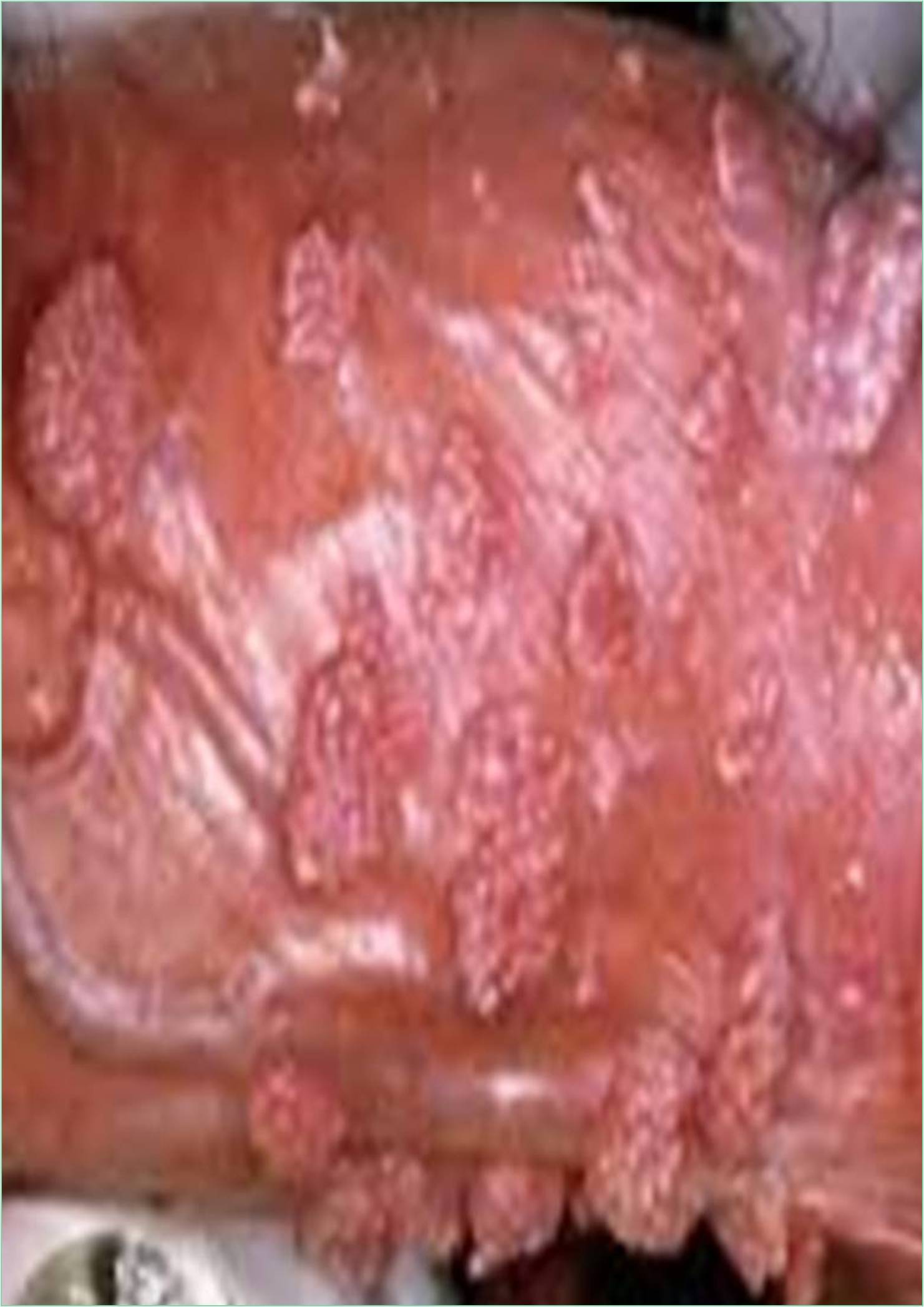



Received: 02-Feb-2022, Manuscript No. GJV-22-59786; Editor assigned: 04-Feb-2022, Pre QC No. GJV-22-59786(PQ); Reviewed: 18-Feb-2022, QC No. GJV-22-59786; Revised: 21-Feb-2022, Manuscript No. GJV-22-59786(R); Published: 28-Feb-2022, DOI: 10.35841/GJV.22.10.015
Trichomonasis is probably the most prevalent and treatable sexually transmitted disease in the world, but some resources argue it. This is associated with potentially serious complications such as preterm birth and acquisition and infection of the Human Immunodeficiency Virus. The immunology of Trichomonas phetus, a related organism that causes disease in cattle, has been studied to some extent, but the human strain Trichomonas vagina needs more research. In addition, although Trichomoniasis can be easily treated with oral metronidazole (Cudmore et al., 2004), the increasing number of strains resistant to this antibiotic raises concerns that no alternative is currently approved in the United States. As the significant public health effects of this common infectious disease are recognized, more work needs to be done to understand the diagnosis, treatment, and immunology of this organism. Trichomonas vaginalis is the causative agent of trichomoniasis, a common cause of vaginitis. Trichomoniasis is an easy-to-diagnose and treatable Sexually Transmitted Disease (STD), but it is not a reportable infection and management of the infection has received relatively some attention from the public health STD management program. However, recently, awareness of the high incidence and association of Trichomoniasis in women with poor pregnancy outcomes and a high risk of HIV transmission is needed for increased management efforts (Wangnapi et al., 2015). This review describes the evolutionary background, epidemiology, and diagnosis of this parasitic infection.
Evolutionary Background
T. vaginalis is an early divergent parabasal protozoa that appears to diverge before protozoa such as the kinetoplasts, which are some of the earliest protozoa with mitochondria. Recent analysis of the rRNA subunit also supports this view, suggesting that some Trichomonas classifications may be revised soon. Unlike most eukaryotes, T. vaginalis lacks mitochondria and instead using hydrogenosomes to achieve fermentable carbohydrate metabolism using hydrogen as an electron acceptor (Lahti et al., 1992). Hydrogenosomes appear to share a common ancestor with mitochondria due to their similar protein imports. However, there is a major difference between hydrogenosomes and mitochondria that they lack cytochromes, mitochondrial respiratory chain enzymes, and DNA (Blakely et al., 2005).
Structure and Life Cycle
The shape of T. vaginalis in culture is typically pyriform, although amoeboid shapes are evident in parasites adhering to vaginal tissues in vivo (Harp et al., 2011). T. vaginalis is about 9 by 7 μm, and non-dividing organisms have four anterior flagella .In addition to the undulating membrane, one recurrent flagellum and the costa originate in the kinetosomal complex at the anterior of the parasite. Internal organelles contain a prominent nucleus and an exostyle, a rigid structure that penetrates cells from the anterior end to the posterior end. Hydrogenosomes, a unique energy-producing organelle, exist as chromatic granules of paraaxial cords and paracostal bones under a light microscope and as osmotic granules under an electron microscope. The life cycle of T. vaginalis is simple in that the vegetative form is transmitted by sexual intercourse and the cyst morphology is unknown. The vegetative form divides by two divisions, and in natural infections, populations form in the lumen and mucosal surface of the human urogenital organs.
Diagnosis
The most common diagnostic tool is the visualization of mobile Trichomonas in saline preparations of vaginal fluid. This should be done within 10-20 minutes of collecting the sample. Otherwise, the organism loses its viability. Organisms are about the size of white blood cells and can actively exercise at rest and flap their flagella. It’s fast and cheap, but the sensitivity of the test is limited and ranges from 60% to 70%. White blood cells are common in vaginal fluid and indicate inflammation. In most cases, the pH of the vagina rises (4.5 and above), but in some cases it is normal. There are various olfactory tests.